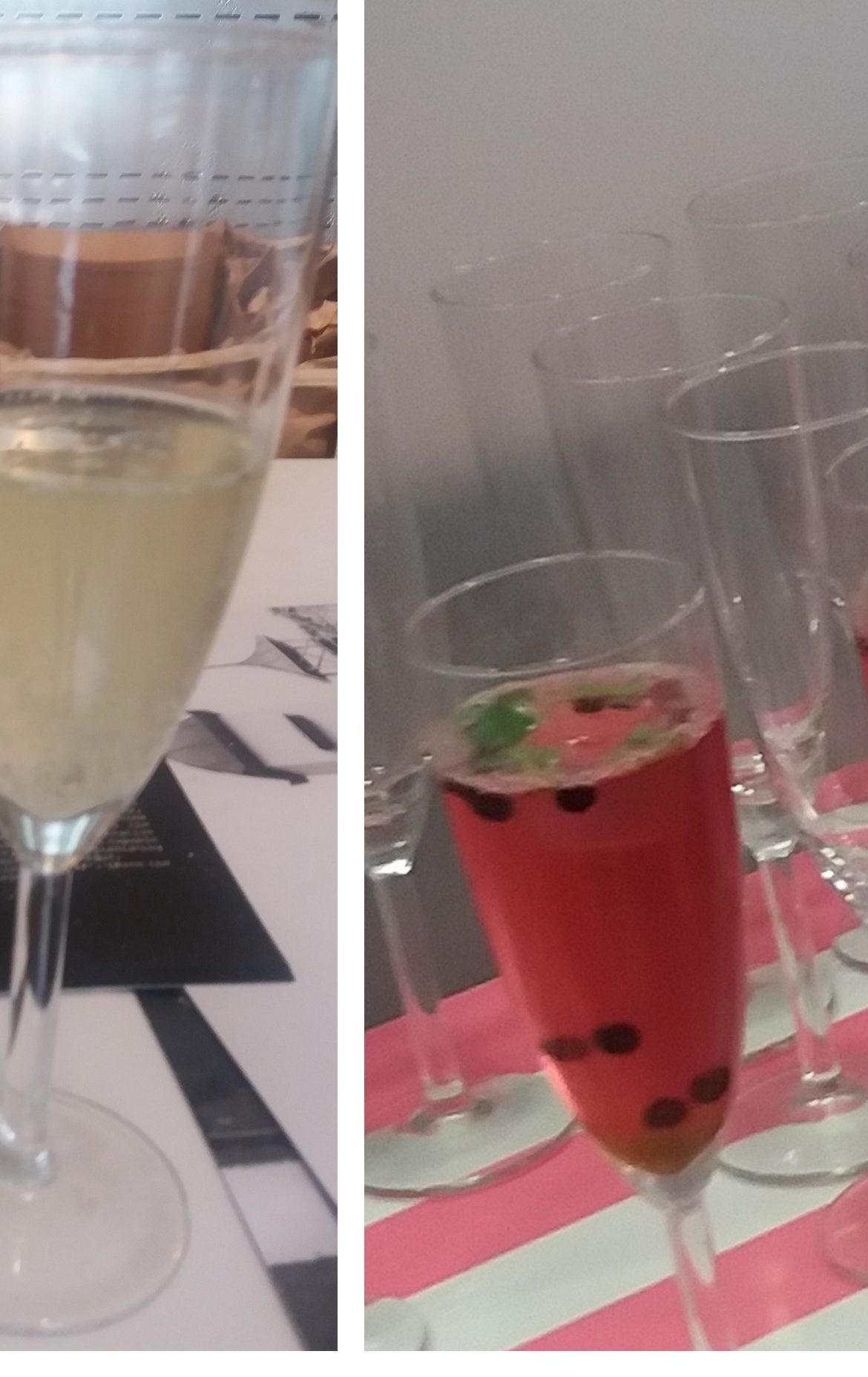The fleeting fragrances of late Spring captured and bottled. So concentrated are these cordials that I am tempted to dab them on eau de cologne style…which yes indeed would result in a “sticky situation”. Instead I use them for heavenly prosecco cocktails, refreshing summer spritzes, subtle sorbets, interesting fruit salads and in winter with some hot water and lemon a warming tea. If you can find them, then Gooseberries (“agrise”) and elderflower is a magical combination: my grandmother used to make a “gooseberry and elderflower fool” using the fruit from her precious gooseberry bushes and it is a taste I can still remember.
In May in Southern Romania and into June in Transylvania Elderflowers (“Soc”) and Acacia (“Salcam”) are prolific. The frothy cream blooms of the elderflowers are easy to spot, the whiter flowers of acacia cascade down from trees too often side by side. If picking your own is a bit strenuous then you can pick up a “punga” (bag) or two in a local market complete often with roadside CO, so wash well.
 |
 |
Elderflowers have been used in folk medicine for centuries – dried flowers to make a detox tea, the cordial to alleviate allergies and asthma and a tincture for skin problems.
The method I use is a traditional English one for a cordial. I do love the traditional Romanian fermented elderflower drink “socata” but making cordials means you have something that lasts all year and can be used in many other recipes.
Gadgets & Gizmos
Large saucepan, muslin or a fine sieve, funnel, bottles with good lids
Ingredients
1kg sugar
1.0 litre of water
2 medium lemons, washed
30 large Elderflower or Acacia heads, shaken to remove creepy crawlies
2 vanilla pods, split down the middle and the seeds scraped out and added to the syrup
 How To
How To
Boil the sugar and water together to obtain a light syrup. Let the syrup cool. Really! If the syrup is too hot the flowers will discolor, the syrup will darken and the flavor will change, so be patient or make the syrup ahead of time.
Grate the rind of the lemons with a fine grater, add to the syrup.
Slice the lemons into thick slices and add to the water. Add the vanilla pods and seed scrapings. Finally add the flower heads to the water and stir again. Make sure isn’t too much “stalk” on the flowers – I snipped mine with a pair of kitchen scissors – because too much stalk can make the syrup bitter.
 |
 |
Cover with a clean cloth and leave to macerate for 48 hours in the fridge. Its important there is no fermentation.
Strain through clean fine muslin cloth into a clean bowl or, for less fussy, just through a fine sieve. If you do not have fine muslin to hand then a coffee filter often works well.
Using a funnel, fill sterilized bottles (ie bottles warmed to 150C in the oven) with the precious liquid. It does store but I always end up using mine up quite quickly!
Voila! its just delicious!


- 1kg sugar
- 1.0 litre of water
- 2 medium lemons, washed
- 30 large Elderflower heads, or Acacia heads, shaken to remove creepy crawlies
- 2 vanilla pods, split down the middle and the seeds scraped out and added to the syrup
- Boil the sugar and water together to obtain a light syrup. Let the syrup cool. If the syrup is too hot the flowers will discolor, the syrup will darken and the flavor will change, so be patient or make the syrup ahead of time.
- Grate the rind of the lemons with a fine grater, add to the syrup.
- Slice the lemons into thick slices and add to the water. Add the vanilla pods and seed scrapings. Finally add the flower heads to the water and stir again. Make sure there isn’t too much “stalk” on the flowers – cut tem with kitchen scissors – because too much stalk can make the syrup bitter.
- Cover with a clean cloth and leave to macerate for 48 hours in the fridge. Its important there is no fermentation.
- Strain through clean fine muslin cloth into a clean bowl or, for less fussy, just through a fine sieve. If you do not have fine muslin to hand then a coffee filter often works well.
- Using a funnel, fill sterilized bottles (ie bottles warmed to 150C in the oven) with the precious liquid. It does store but I always end up using mine up quite quickly!



